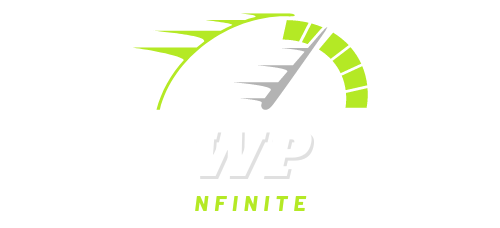WordPress Performance Optimization Terms
Understanding key WordPress Performance terms is important for maximizing your website’s speed and providing a seamless user experience. Let’s explore the most important WordPress Performance vocabulary. Learning these terms will help you better understand how to improve loading times and user satisfaction ensuring your WordPress site performs at its absolute best.
Above the Fold:
The portion of a web page visible in a browser window without scrolling. Optimizing content above the fold enhances perceived page speed.
Asset Loading:
The process of delivering and rendering various types of assets on a web page, such as images, stylesheets, and scripts.
Browser Caching:
Storing web page resources on a visitor’s device, allowing subsequent visits to the site to load faster.
Cache Plugin:
A WordPress plugin that manages caching, storing static versions of pages and assets to improve loading times.
Caching:
The process of storing copies of web files or data to reduce server load and speed up website performance.
CDN (Content Delivery Network):
A distributed network of servers that deliver web content, such as images and scripts, from locations geographically closer to the user, improving load times.
Concatenation:
Combining multiple CSS or JS files into a single file to reduce the number of HTTP requests made by a browser.
Critical Rendering Path:
The sequence of steps a browser takes to render a web page, including loading HTML, CSS, JS, and rendering the page.
Database Optimization:
Cleaning and optimizing the WordPress database to reduce its size and improve overall website performance.
Fallback:
A secondary option or strategy used when a primary method or resource is not available, often employed in the context of loading assets or scripts.
First Contentful Paint (FCP):
The time it takes for the first piece of content to be rendered on a web page.
Gzip Compression:
A method of compressing web files before they are sent to the browser, reducing file sizes and improving download times.
HTTPS Protocol:
A secure version of the HTTP protocol, encrypting data between the server and the user’s browser, often encouraged for improved security and potential SEO benefits.
Image Sprites:
Combining multiple images into a single image file to reduce the number of server requests and improve loading speed.
Lazy Loading:
Loading images or other elements on a web page only when they come into the user’s viewport, reducing initial page load time.
Latency:
The delay or time lag between sending a request and receiving a response, crucial for improving the overall responsiveness of a site.
Minification:
The process of removing unnecessary characters (whitespace, comments) from code files (CSS, JS) to reduce file sizes and improve loading speed.
Mobile Optimization:
Adapting a website’s design and performance to ensure fast loading and usability on mobile devices.
Optimization Score:
A numerical or percentage representation of how well a website is optimized for speed, often provided by speed testing tools.
Page Load Time:
The time it takes for a web page to fully load and display its content.
Page Speed:
A measure of how fast the content on a web page loads, often influenced by factors like server response time, image optimization, and browser rendering.
Perceived Performance:
The user’s perception of how fast a website loads, influenced by visual feedback and interactions during the loading process.
Performance Budget:
A set limit on the size and number of resources a web page can use to ensure optimal performance.
Pingback:
A feature in WordPress that notifies the author of a post if someone else links to their post, potentially impacting server performance.
Render-Blocking Resources:
CSS, JS, or other resources that prevent a page from rendering until they are fully loaded, potentially slowing down page speed.
Resource Hints:
HTML tags (such as <link> or <meta>) that provide hints to browsers on how to fetch and prioritize resources for faster loading.
Server Response Time:
The time it takes for a web server to respond to a request from a browser.
Third-Party Scripts:
External scripts or resources (e.g., social media widgets, analytics) that can impact page speed if not optimized or loaded asynchronously.
Time to First Byte (TTFB):
The time it takes for a browser to receive the first byte of data from the server after making a request.
WebP:
An image format that provides high-quality compression, often used to optimize images for faster loading.
